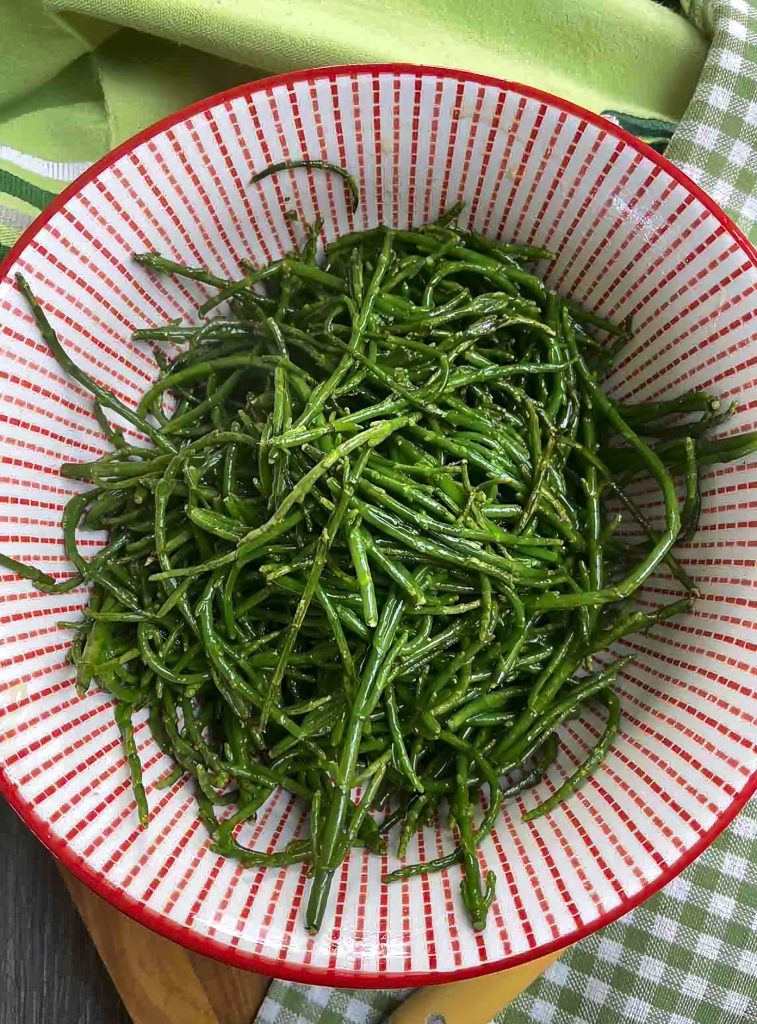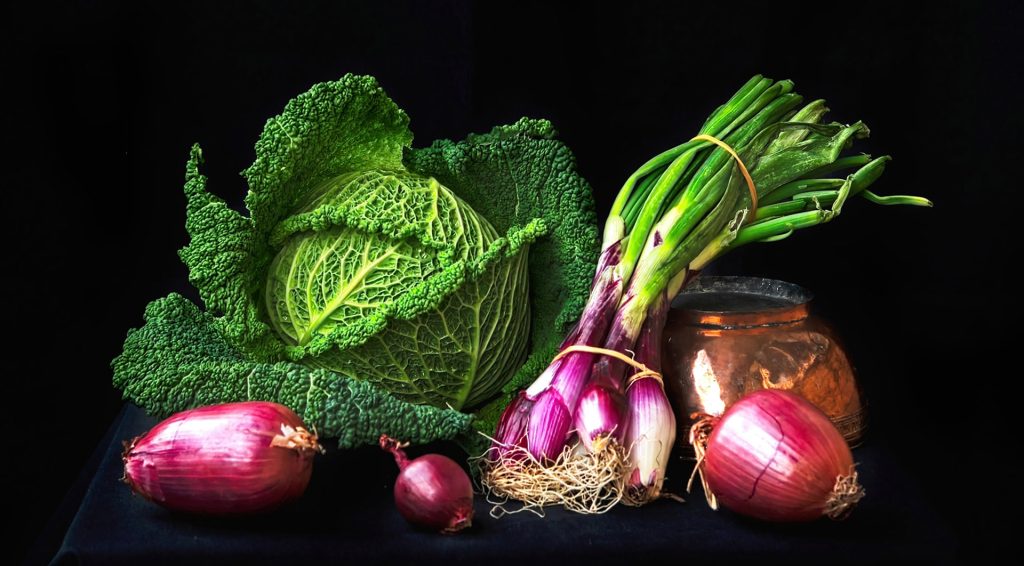Not strictly allowed to do this in Chichester Harbour Conservancy as it’s an area of special scientific interest (SSSI) and an area of outstanding natural beauty (AONB). Went out with a friend to forage some marsh samphire very early this morning. We only took what we needed and left the vast majority of it alone to continue propagating and growing. I do love foraging for as much free food as I can get. Waitrose would charge you in excess of £5 for a quarter of what I have gathered here.
Marsh samphire, also known as glasswort, sea asparagus, or salicornia, is a succulent halophyte (salt-tolerant plant) found in coastal regions, salt marshes, and along saline lakeshores. Here are some key details about marsh samphire:
Characteristics:
- Appearance: Marsh samphire has fleshy, bright green stems that resemble asparagus. The stems are jointed and segmented.
- Taste: It has a crisp texture and a salty flavor, often described as a mix between asparagus and seaweed.
- Nutritional Value: Samphire is rich in vitamins A and C, and minerals such as iodine, magnesium, and potassium. It’s low in calories and can be a good source of dietary fiber.
Culinary Uses:
- Raw: It can be eaten raw in salads, providing a crunchy texture and a salty taste.
- Cooked: Often lightly blanched, steamed, or sautéed, it is used as a garnish or side dish, particularly with seafood. It can also be pickled.
- Preservation: Due to its high salt content, it can be preserved for extended periods.
Harvesting:
- Samphire is typically harvested in the summer months. It is often foraged from the wild, though there are also cultivated sources.

